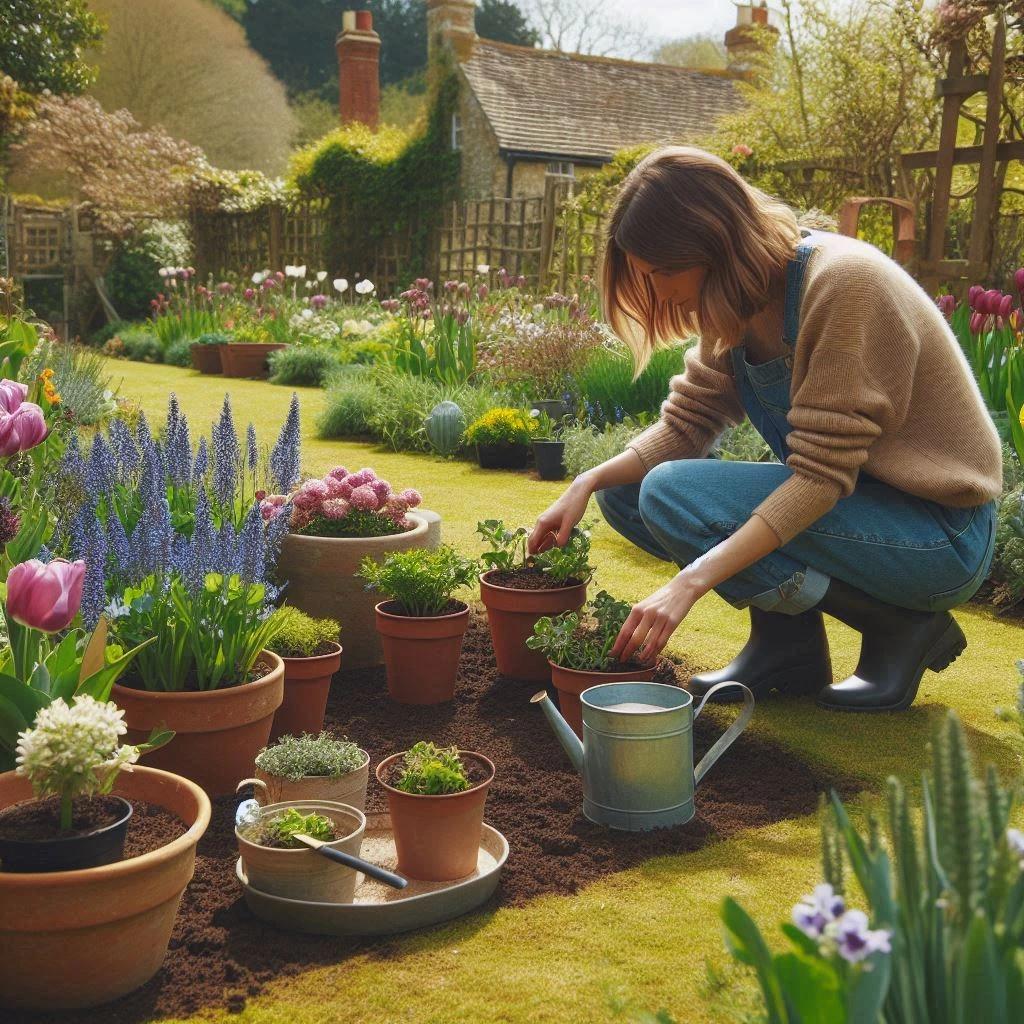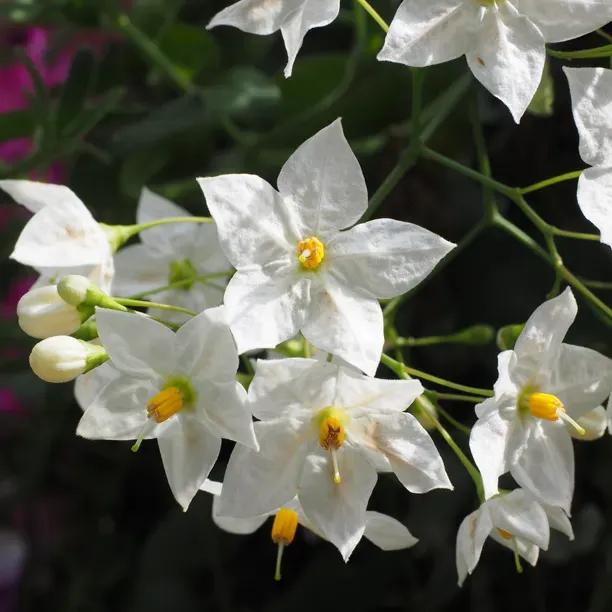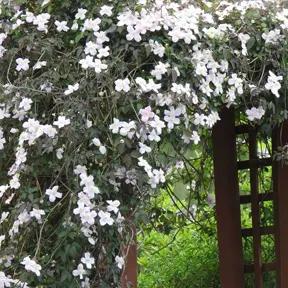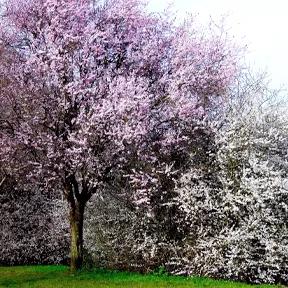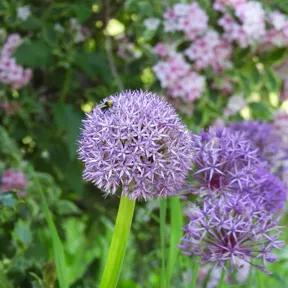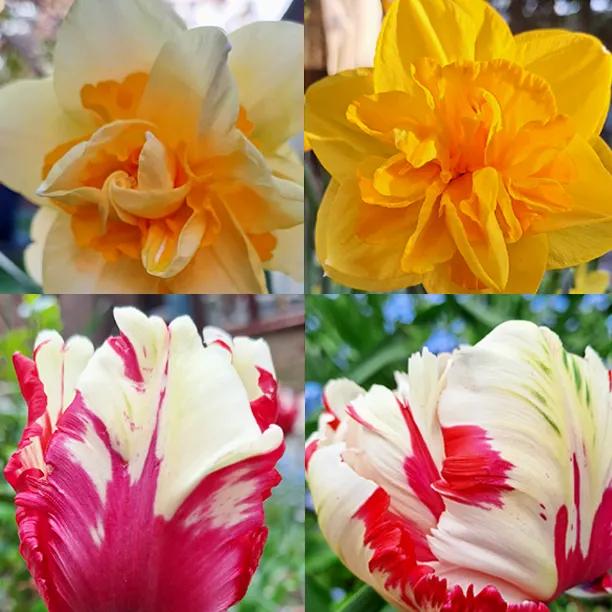Album White Potato Vines
Solanum laxum
- Semi-Evergreen
- White flowers, yellow stamens.
- Light, sweet scent.
- Decorative, inedible, dark purple fruit.
- Flowers Jul-Sept
- Vigorous to 6-9m
- Good for sunny walls, needs support.
- Commonly grown indoors in the North.
- RHS Award of Garden Merit
Recommended extras
Description
Solanum laxum 'Album' / White Potato Vine
Solanum laxum Album or white potato bush, is a wiry, vigorous climber that is ideal for covering up a sunny wall at the back of a border. It is semi-evergreen with scented, white, star-shaped flowers have a yellow centre which last from mid-summer into October, followed by decorative, poisonous (and totally inedible) fruit that ripen from green to look like tiny yellow tomatoes.
Album is arguably even more attractive than the Glasnevin variety, but a bit less hardy.
Features
- Semi-Evergreen
- White star flowers, yellow stamens
- Scented
- Pale yellow decorative fruit, deepen in colour as they mature
- New spring growth is bronze
- Flowers Jul-Oct
- Vigorous to 6m
- Good for sunny walls, needs support
- RHS Award of Garden Merit
Growing Potato Vine
They require alkaline or neutral soils and plenty of sun. They like clay as long as the drainage is decent, but a light sandy soil with plenty of organic matter mixed in is best. Established plants tolerate dry soil quite well.
We suggest letting your plants establish for one year, then prune them every early spring by snipping side shoots down to two to four buds from a main stem, and reducing the height by up to one third as necessary. After two, maybe three years, start to prune out between one quarter to one third of the biggest main stems at the base to prevent overcrowding and make way for productive new stems. As always, remove dead, diseased and badly placed stems at any time.
They do need to be tied against support. Dead head spent flowers in July to early September, then leave the last ones to produce berries for Autumn interest.
In Your Garden Design
This is a fabulous plant for lining the walls or the fencing of urban gardens as it doesn't matter if it is in an area which is overlooked and therefore shady as long as it can reach for the sun. It can be an excellent backdrop for shade-friendly plants such as a low-growing box hedge, hostas, heuchera, ferns and hellebores which flourish in shady cityscapes. It is great for growing through other shrubs and climbers like late flowering clematis. Solanum also contrast beautifully with small standard Acers.
Did You Know?
The species is native to South America, mostly in Chile and Peru. Also known as Jasmine Nightshade, together with potatoes, tomatoes, peppers and aubergine.
Solanum is the Latin word for nightshade, with the first recorded reference to it by the Roman officer and scientist, Pliny the Elder (AD 23-79). The word may reference sol, sun, as in solar panel, but to Romans, Sol Invictus was a supreme deity, so this name would have been a real honour. However, it could be derived from the same root as 'solace', because Solanum nigrum, the species most familiar to Romans, has edible, quite tasty ripe fruit and grows in inhospitable places.
It's Spring Planting Season 2025

Pot Grown & Plug Plants Delivered

Direct from the Nursery Value

No more broken plants in the post!
